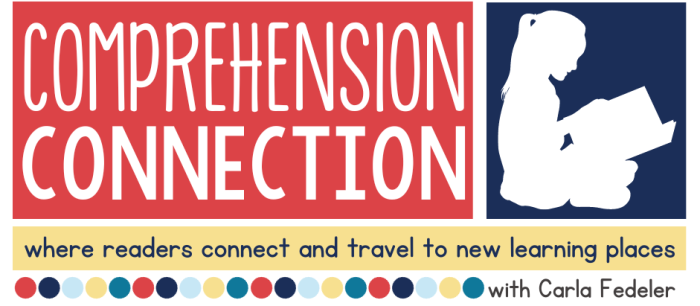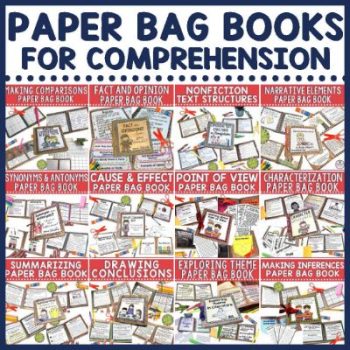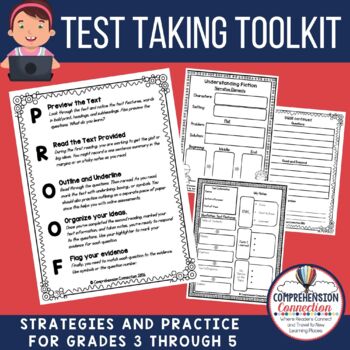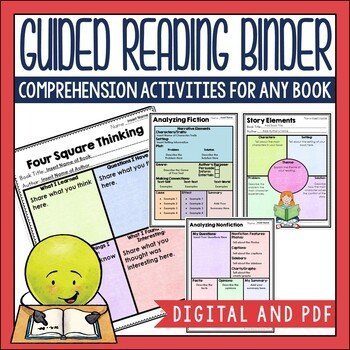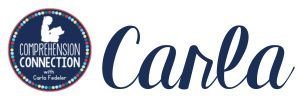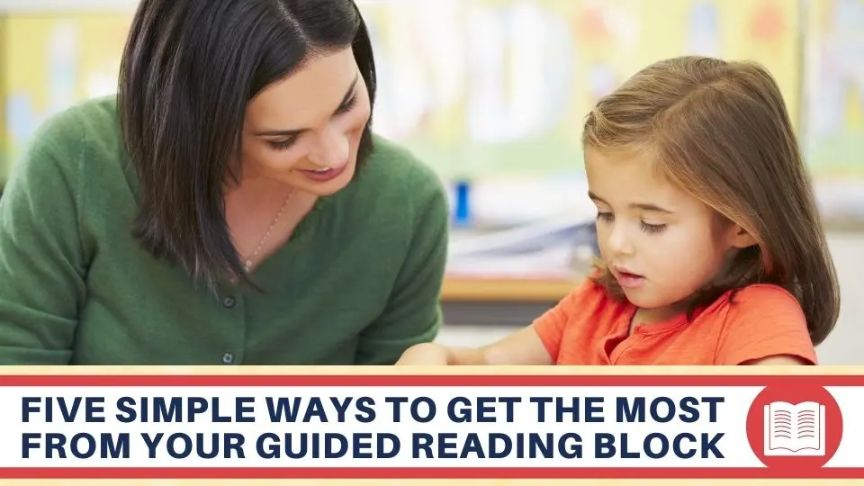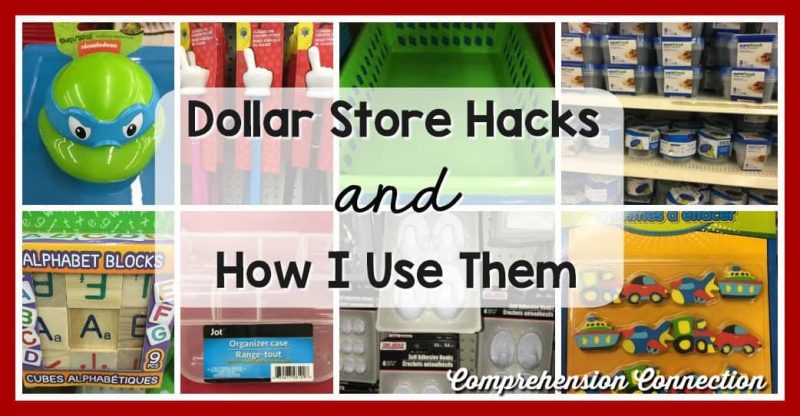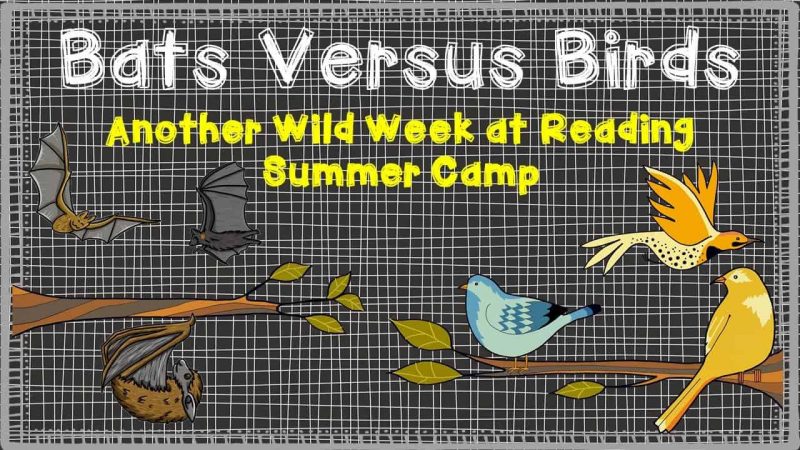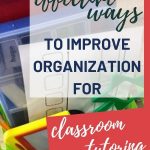
Tutoring sessions can be super helpful for struggling kiddos, but it can also mean a lot of work for the classroom teacher. Do you ever have assistance from parents or paraprofessionals and struggle with what to have them work on with your students? Are you in the middle of teaching when the helper arrives? How do you keep the lesson flowing and give the tutors the information they need?
In this post, I’m going to share tutoring tips you can use for better organization. You need quality grab and go activities that are easy to follow for effective intervention lessons.
Plan for the Unexpected with Tutoring Sessions:
The best way to juggle all the teaching tasks you have is by planning ahead. In my former job as a Title 1 reading specialist, I was responsible for planning for six intervention groups and groups for two teaching assistants. In order to keep my blood pressure under control (and my mood happy), I started using color coded baskets for all of my intervention groups and for each assistant.
For the assistants, I also use color coded folders for each grade level they worked with, put plans in one pocket, and lesson materials paper clipped for each day in the other. Even with this system, I won’t lie. It was TOUGH to keep on top of it all, and although planning for parent helpers and paraprofessionals may not be this complicated, the system is very helpful for keeping the routine flowing.
Organize with Tutoring Baskets:
I have tried a few different sizes of tutoring baskets, but the ones that seemed to work best for me came from The Dollar Tree. Every year, The Dollar Tree has a variety of basket styles in various colors like the ones in my title image, so I purchased one of each. If you are using this system in the classroom, you can also get other baskets in the same colors for holding classroom supplies, collecting group papers, etc. Next, with all of my students’ interactive notebooks, I add a strip of color coded duct tape to the binding and use color coded folders to hold their work in progress. The only thing I’d need to add to the basket then were our guided reading books and lesson materials.
Each of my intervention groups were typically 4-6 students, and I was able to include everything in the one basket. For tutors, I would suggest a color coded basket for each student placed by your doorway for easy access. (If they aren’t by the door, it could be very distracting to the other students.) Here are suggestions for what you might include in the baskets based on the needs of the student:
tutoring interventions for Decoding Deficits:
For this student, I would include word building materials in clearly marked gallon sized bags with a direction sheet of how to use the materials. To know where to begin with a child needing support with phonics, look for what he/she has mastered, what he/she is using, but confusing, and what he/she isn’t ready for.
For the tutoring bin, you might include:
- a dry erase board and markers
- magnetic letters and a cookie sheet
- mats with Elkonin boxes for short and long vowels
- real and nonsense word cards for decoding work and word building
- word building games such as Bananagrams or ones you’ve made
- word sorts that you are working on
For kindergarten intervention, I have several resources that address letters and sounds, rhyming, and concept of word. CLICK HERE to take a look at them. There is some prep, but once done, the activities are grab and go and easy to implement.
Tutoring for Fluency Deficits:
For students struggling with fluency, you can use timed repeated readings, poetry to work on phrasing and rhythm, independent level texts for repeated reading, close reads, and partner plays. Like the word building basket, you’ll want to include directions on how to use the materials. You can include a folder with a basic lesson checklist and suggestions for how to work on fluency. CLICK HERE to explore the resources I’ve created for fluency.
tutoring with a Book Buddy program:
If you are lucky enough to have an assistant who can work with specific students or a consistent parent volunteer, you might use the Book Buddy model for tutoring. I’ve had wonderful success using the book buddy system. Now you might have in mind pairing upper and lower elementary students for “book buddies”, but I’m referring to the University of Virginia. It is very similar to Reading Recovery if you’ve heard of it.
The lesson format includes repeated reading of independent level books (10 minutes), word building (10 minutes), introducing a new book for reading together (10 minutes), and writing about reading (10 minutes).
In the basket, you would include the following:
- books from previous lessons for repeated reading
- word sort, letter tiles, and other word building materials
- a new book for introduction and cold read
- graphic organizers or journal that the student uses to write about the story
- extras-alphabet and sound chart, visual aids the tutor might use for modeling
Teachers can modify this schedule to the level of the specific student. For example, an emergent reader basket might include work on alphabet letters and sounds activities, concept of word poetry, a decodable book, and a journal for writing about reading (or draw/label about reading). Imagine the growth your struggling student would experience with a double dip of one-on-one reading.
tutoring for Comprehension Deficits:
For kids with skill deficits, you can also create a skill based basket for tutoring. Here are a few things I’d include:
- anchor charts for modeling
- close reading passages geared to a specific skill
- a book and interactive notebook or graphic organizer for note taking
- questioning task cards to help the tutor
Skill groups are highly recommended as an alternative to a guided reading lesson as needed. CLICK HERE to review materials I’ve created for comprehension. I highly recommend my paper bag books for comprehension, my test prep toolkit which targets key skills, and my guided reading binder.
-
Sale Product on saleComprehension Projects Bundle, Paper Bag Books, Test Prep, Intervention
$64.00Original price was: $64.00.$35.00Current price is: $35.00.
-
Sale Product on saleTest Prep Toolkit for Comprehension, Test Taking, Study Skills, State Testing
$10.49Original price was: $10.49.$5.00Current price is: $5.00.
-
Sale Product on saleGuided Reading Binder, Comprehension Lessons, Reading Skills in Digital and PDF
$20.00Original price was: $20.00.$12.00Current price is: $12.00.
Other Intervention Posts You Might Like:
- Dollar Store Hacks and How I Use Them
- Strategies for Teaching Fluency
- Response to Intervention for Emergent and Beginning Readers
Certainly, we all love having tutors helping in the classroom, and I hope these tips help you make the most of the intervention support you receive. I believe organization makes a HUGE difference in keeping everything flowing in the classroom. Check out this board for organizational hacks and tips:
What organizational tips for tutoring have worked for you? Feel free to comment with anything you’ve found helpful in working with parent volunteers and paraprofessionals.

